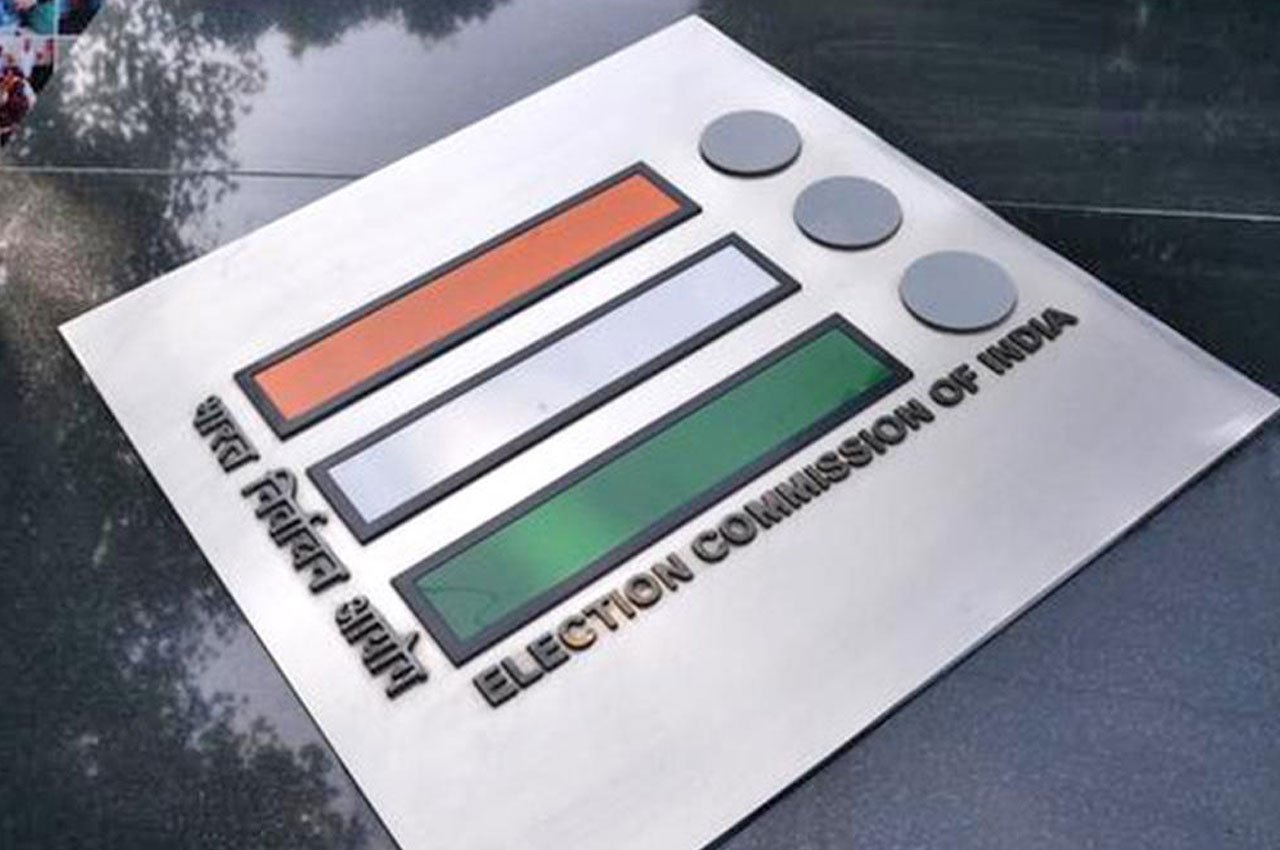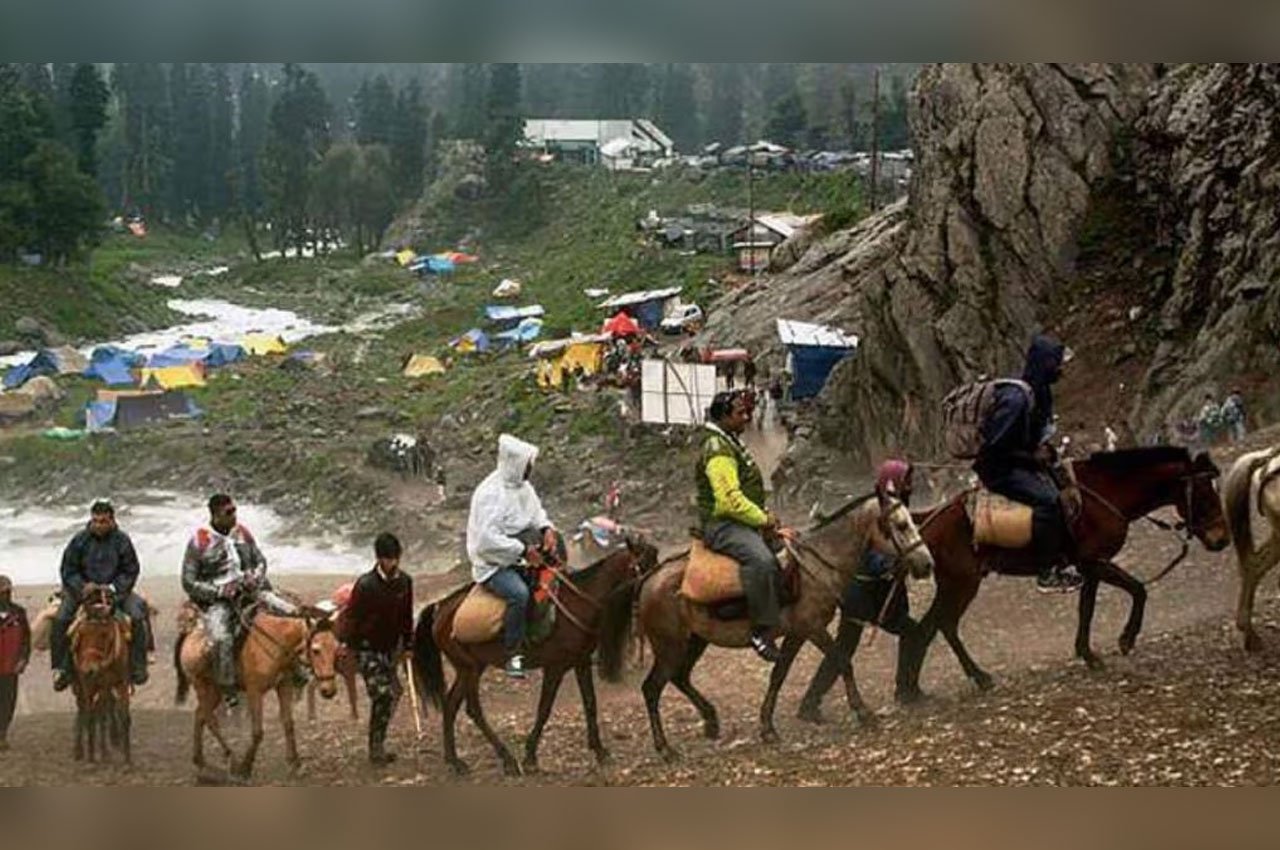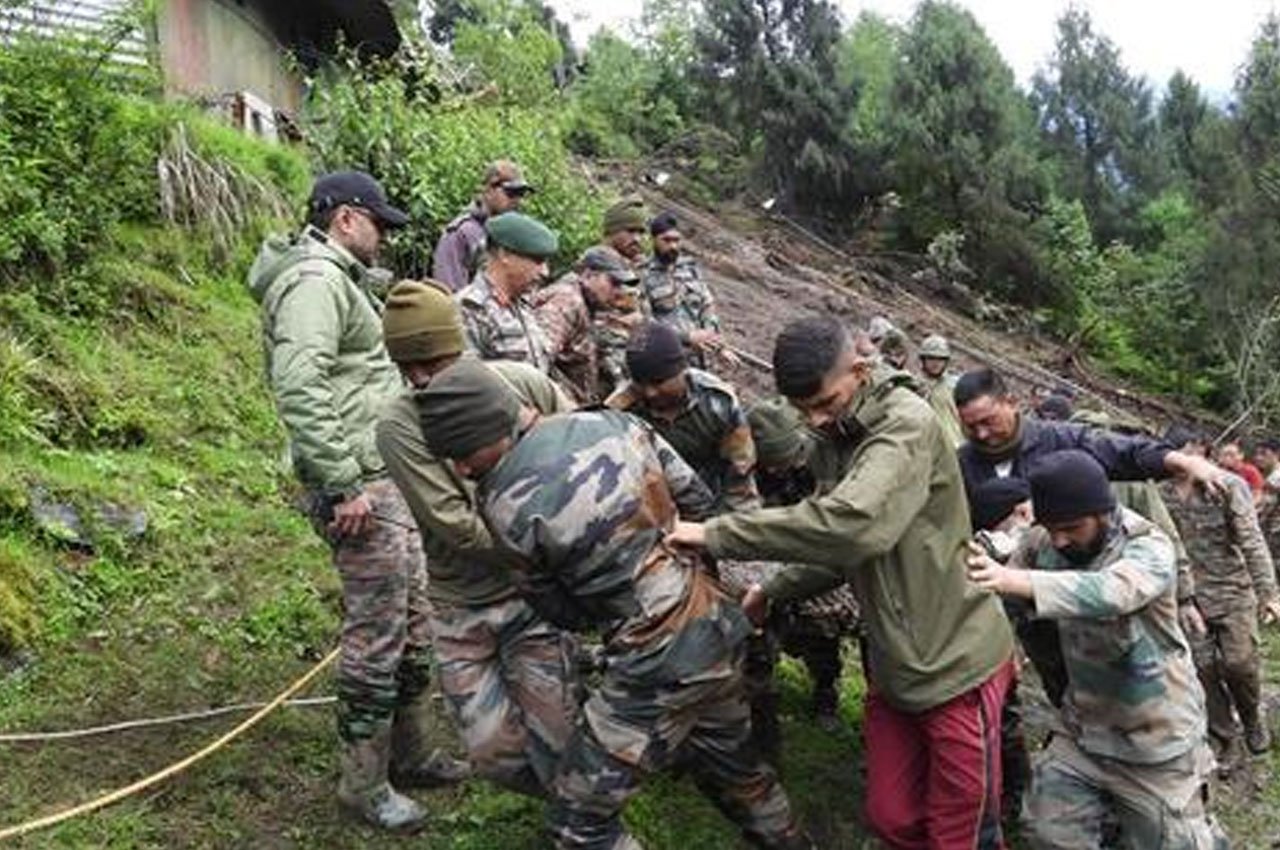Election Commission Launches 23 Reforms to Strengthen India’s Electoral System. Photo Credit: The Hindu
The Election Commission of India (ECI) is taking significant strides to enhance democratic processes and bolster voter confidence. As announced by Deputy Director P. Pawan, the Commission has implemented 23 comprehensive initiatives spanning voter services, electoral roll accuracy, polling efficiency, and technological transparency. These efforts come on the heels of recent procedural improvements—highlighted in revamped EVM protocols and faster EPIC issuance—signaling a transformative shift in India’s polling landscape.
Citizen-Centric Voting: Easier and More Inclusive
Central to ECI’s reforms is a renewed focus on voter comfort and accessibility. The Commission has reduced the maximum voters per polling station from 1,500 to 1,200 and added additional booths in high-density clusters, including gated communities and high-rise apartments—ensuring shorter queues and better service for all.
In a pioneering move for Punjab bypolls, the ECI implemented 100% poll-day webcasting to monitor proceedings in real time—a transparency measure now being expanded across the country. The nationwide rollout of mobile phone deposit facilities echoes this commitment to streamline processes and preserve secrecy at the voting booth.
Technological Edge: Faster ID Services and Secure Voting Machines
Voter identification reliability has improved with the launch of a fast-track EPIC delivery system, guaranteeing updated photo cards within 15 days of roll revisions. This reduces the risk of disenfranchisement due to delays in receiving voter IDs.
In adherence to a recent Supreme Court order, the ECI introduced a new SOP for EVM memory verification, including mock polls for top losing candidates—bolstering trust in electoral hardware integrity. These checks, along with automatic deletion of deceased electors through death-record integration (albeit cautiously, per expert advice), aim to reinforce data accuracy without discarding human oversight.
Capacity Building and Legal Framework Reinforcements
The ECI has also ramped up stakeholder education. Over 4,700 secondary-level meetings were conducted nationwide with political parties, engaging 28,000 representatives in discussions about operational improvements and fair play. Self-contained training programs for poll and booth-level officials through IIIDEM and other institutions help ensure staff readiness, while standardized ID cards and biometric attendance aim to bolster professionalism and oversight.
To support these efforts, the Commission launched ECINET, a unified digital dashboard consolidating over 40 legacy platforms into one efficient system, simplifying service and communication for voters, parties, officials, and the media.
Voter Roll Accuracy & Transparency
Efforts to clean the electoral roll are underway via integration with the Registrar General’s death data, though experts emphasize the continued necessity of physical verification. Duplicate EPIC numbers—approximately 2.6 lakh entries—have been eliminated, and Voter Information Slips have been redesigned to prominently display polling station and part numbers for voter convenience.
A Broader Vision: One Coherent, Inclusive System
These reforms reflect a quietly revolutionary change in India’s electoral framework. By March 2025, the ECI had already rolled out 21 initiatives, including mobile phone deposit and poll booth rationalization—a bold step toward what it calls “Year of Reforms.” Many of these measures were piloted in Bihar and Assam before being adopted nationwide, underscoring their scalability.
Final Word
India’s Election Commission has initiated an ambitious drive—comprising 23 distinct reforms—to future-proof democratic processes. From crowd control through reduced booth size and webcasting, to transparent identification systems like mock polls and EPIC fast-tracks, the ECI is marrying technology with transparency. While cautious integration of digital death data respects procedural integrity, capacity planning via ECINET and training charts a decisive, voter-focused future.
These efforts mark a shift from election as duty, to election as a seamless, trusted experience—a critical development as India readies for assembly polls in key states and the lead-up to the 2026 elections.




